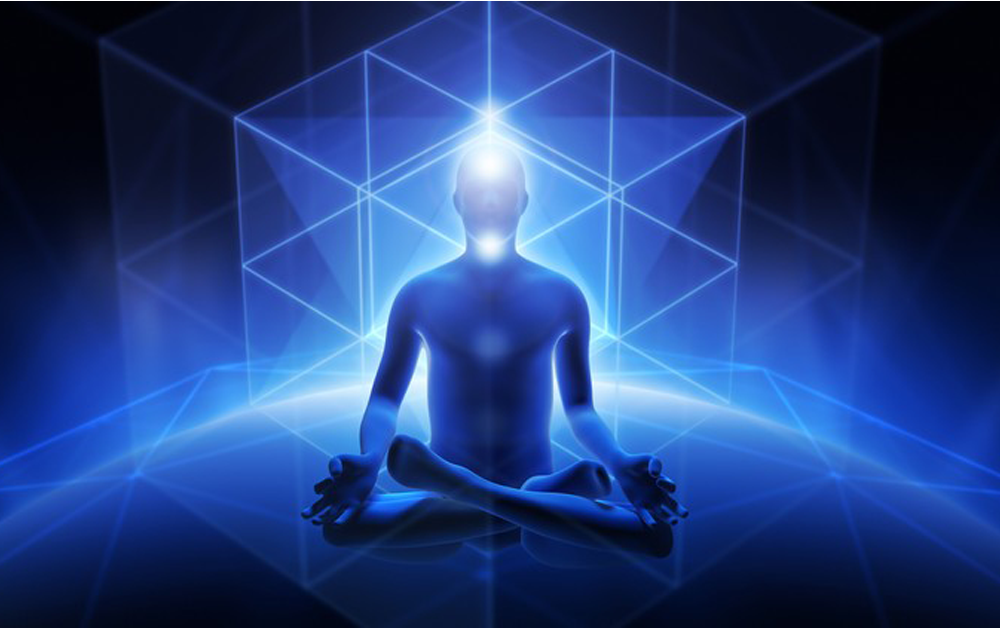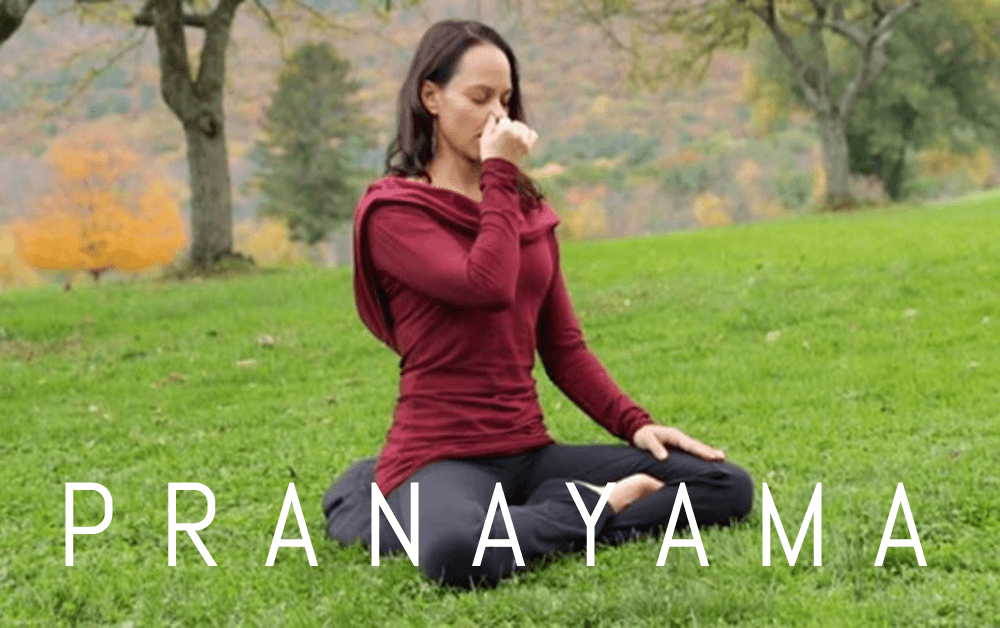Prana, Healing, Health

Pranayama is a kind of meditation based on different ways of breath control to avoid the physical and mental hindrances in our body. The term pranayama is found firstly in Rig Veda. Hatha yoga describes different types of pranayama to make body and mind stronger. They are
Ujjayi pranayama includes a sound that is produced from the throat. By practising this pranayama helps to bring positive changes in physical, mental and spiritual affairs.
Anulom Vilom Pranayama is the exercise of holding one nose by using the fingers and breathing through the other nose alternatively.
Kapal bhati helps to balance kapha. It includes three forms of Kapal bhati. They are Vatakarma Kapal bhati, it's the technique of Bhastrika except that expiration is active meaning time absorption is passive.
By practising Agnisar pranayama, digestion power is increasing as well as pitta also increases.
Bhramari pranayama helps to balance the three doshas of Vata, Pitta and Kapha.
Nadi Shodhana Pranayama helps to relax the mind. Sheetkari and Sheetali Pranayama helps to control blood pressure and provide balance in body and mind.
By practising Surya Bhedana Pranayama right nostril is used for breathing in and left nostril used for breathing out.
Bhastrika Pranayama helps to generate heat in the body and helps to increase immunity power.
In order to practise Chandranga Bhastrika, using my left nose to practise. It increases vata but will not increase pitta and increases kapha in a small way.
Sooryanga Bhastrika influences pingala nadi and it will increase the pitta. Right nose is used to practise this exercise.
Get weekly updates on the newest articles, quotes and newsletters right in your mailbox. Subscribe now
